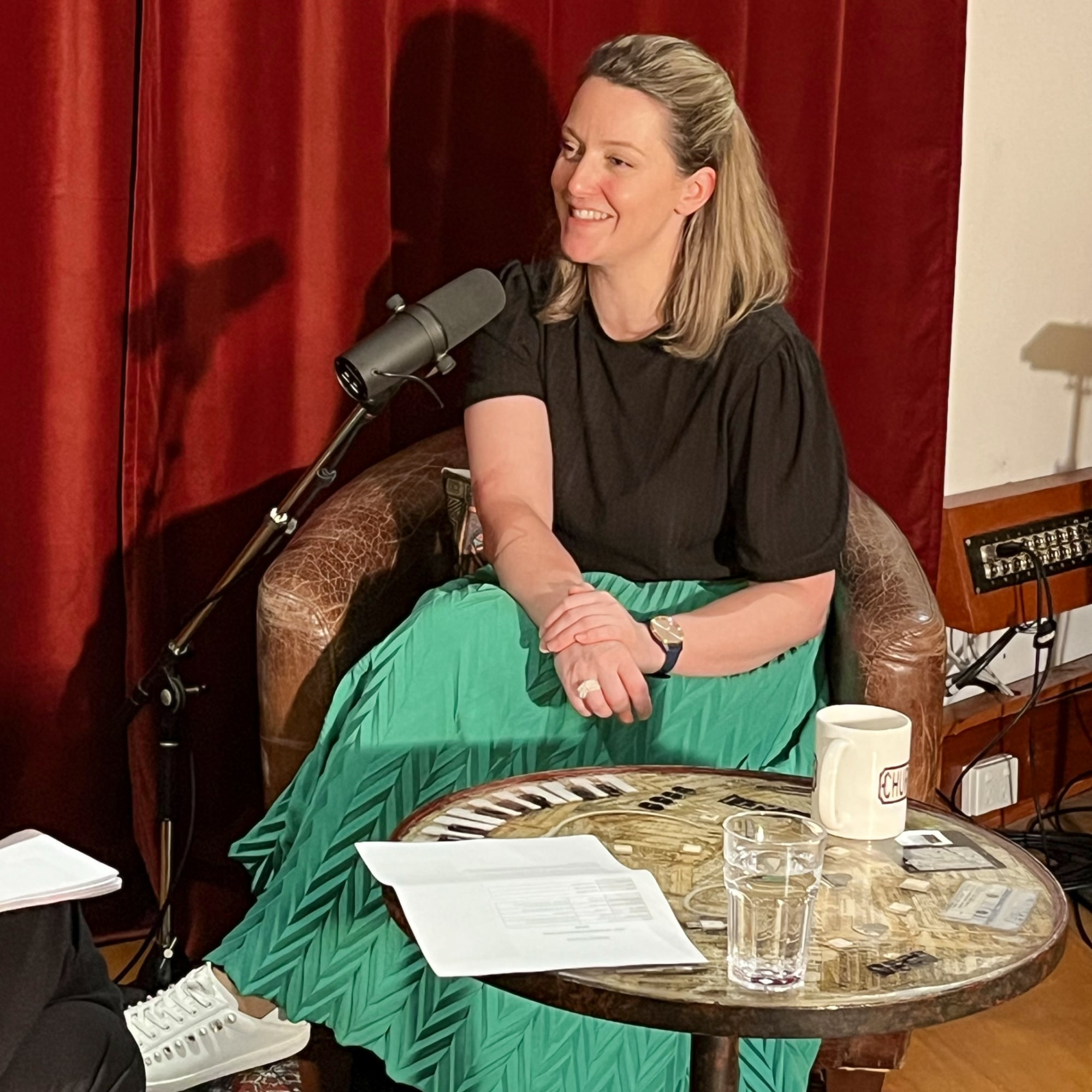Retirement
New fears for flow-on effects of early access to super
There are fresh concerns that the gender super gap will widen even further for females who have had to rely on the government’s early access to super scheme.
New fears for flow-on effects of early access to super
There are fresh concerns that the gender super gap will widen even further for females who have had to rely on the government’s early access to super scheme.

Joint analysis of profit-to-member fund data from the Australian Institute of Superannuation Trustees (AIST) and Women in Super (WIS) that was presented at the 2020 Women’s Super Summit found that the scheme had “compounded the structural inequities in our super system for females who had accessed the scheme”.
Based on more than 750,000 super withdrawals made using the scheme, the data showed female applicants aged 25 to 34 had a starting super fund balance pre-COVID-19 of $19,906 – 21 per cent less than the average male in the same age bracket, who has $25,200.
Since the government initiative began, the gap has now widened to 46 per cent.
In addition, AIST and WIS said it discovered that females who were accessing their super early usually had lower balances to begin with, suggesting they were mostly low-income women.

Men were more likely than women to make an application for early release, but women withdrew more as a portion of their already lower balance.
The data showed women aged 25 to 34 withdrew on average 35 per cent of their balance, while men in the same age bracket withdrew 29 per cent of their balance.
The same was true across all age groups, when comparisons remained within age cohort splits.
According to AIST head of advocacy Melisa Birks, women who relied on the scheme “are now even further behind the eight ball when it comes to retirement savings”.
She said in normal times, the gender super gap “starts to become more evident when many women take a career break to care for their first child in their 30s”.
“Some of these women will now be saving for their retirement pretty much from scratch when they return to work.”
Weighing in, national chair of Women in Super, Cate Wood, said: “We are seeing increasing numbers of older women facing poverty in retirement.
“We cannot stand by and watch more generations face the same plight.”
The new concerns come after last week’s Equal Pay Day, when the average pay gap between men and women in 2020 was exposed.
About the author

About the author


Superannuation
Aware Super takes on Australia's gender retirement gap, aiming for financial equality
Aware Super, one of Australia's largest superannuation funds with a 70 per cent female membership, is on a mission to close the gender gap that sees women retire with 30 per cent less super than men ...Read more

Superannuation
Age Pension increase prompts Australians to review their finances
The increase in the Age Pension, which takes effect today, should serve as a prompt for many older Australians to ensure they're maximizing their income as cost-of-living pressures persist, according ...Read more

Superannuation
Retirement reimagined as Australian optimism meets inflation worries in 2023 super fund insights
The latest reports on retirement confidence among Australians present a spectrum of sentiments, with fresh data revealing surprising optimism in some quarters while exposing underlying concerns in ...Read more

Superannuation
Aussie retirees face a shortfall as ideal retirement nest egg doubles what super will deliver
As Australians look towards retirement, the desired superannuation balance that many believe will ensure a comfortable retirement has significantly outpaced what they are on track to actually save. Read more

Superannuation
Super funds eye 6.5% return in 2023, despite a rocky start
As the year draws closer to its climax, Chant West unveils its projection for super funds in what can only be described as a year of economic ebbs and flows. Read more

Superannuation
A deep dive into Australia’s superannuation system
Australia has a robust retirement savings system known as superannuation designed to provide financial security to Australians in their post-work years. Read more

Superannuation
50,000 super fund members impacted by data breach
Around 50,000 member records were impacted by the breach that took place earlier this month. Read more

Superannuation
Two super funds tipped to reach $1tn by 2040
KPMG has released the findings from a new review. Read more

Superannuation
Aware Super takes on Australia's gender retirement gap, aiming for financial equality
Aware Super, one of Australia's largest superannuation funds with a 70 per cent female membership, is on a mission to close the gender gap that sees women retire with 30 per cent less super than men ...Read more

Superannuation
Age Pension increase prompts Australians to review their finances
The increase in the Age Pension, which takes effect today, should serve as a prompt for many older Australians to ensure they're maximizing their income as cost-of-living pressures persist, according ...Read more

Superannuation
Retirement reimagined as Australian optimism meets inflation worries in 2023 super fund insights
The latest reports on retirement confidence among Australians present a spectrum of sentiments, with fresh data revealing surprising optimism in some quarters while exposing underlying concerns in ...Read more

Superannuation
Aussie retirees face a shortfall as ideal retirement nest egg doubles what super will deliver
As Australians look towards retirement, the desired superannuation balance that many believe will ensure a comfortable retirement has significantly outpaced what they are on track to actually save. Read more

Superannuation
Super funds eye 6.5% return in 2023, despite a rocky start
As the year draws closer to its climax, Chant West unveils its projection for super funds in what can only be described as a year of economic ebbs and flows. Read more

Superannuation
A deep dive into Australia’s superannuation system
Australia has a robust retirement savings system known as superannuation designed to provide financial security to Australians in their post-work years. Read more

Superannuation
50,000 super fund members impacted by data breach
Around 50,000 member records were impacted by the breach that took place earlier this month. Read more

Superannuation
Two super funds tipped to reach $1tn by 2040
KPMG has released the findings from a new review. Read more






